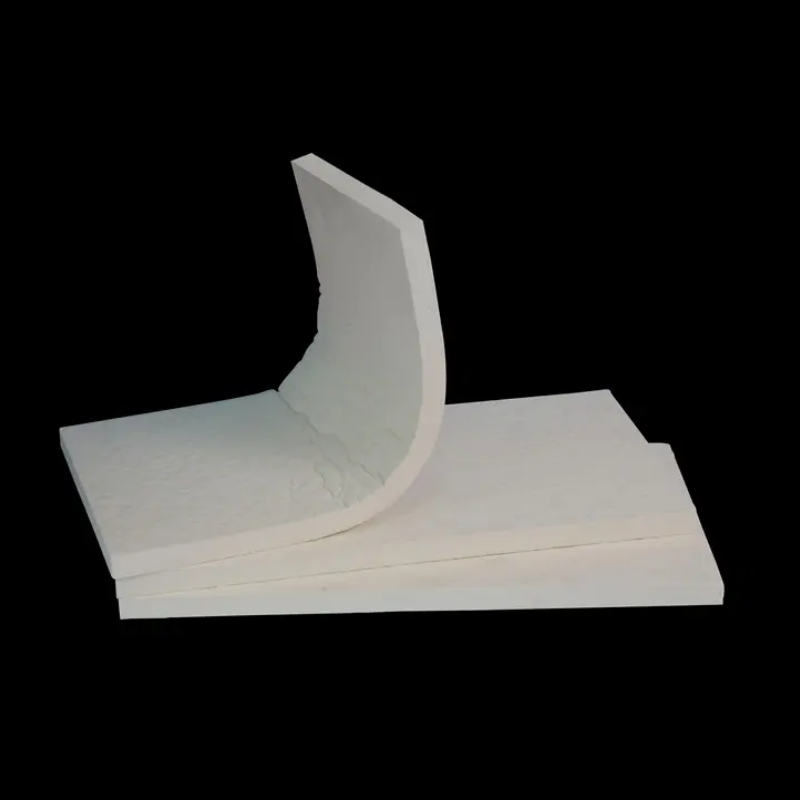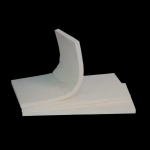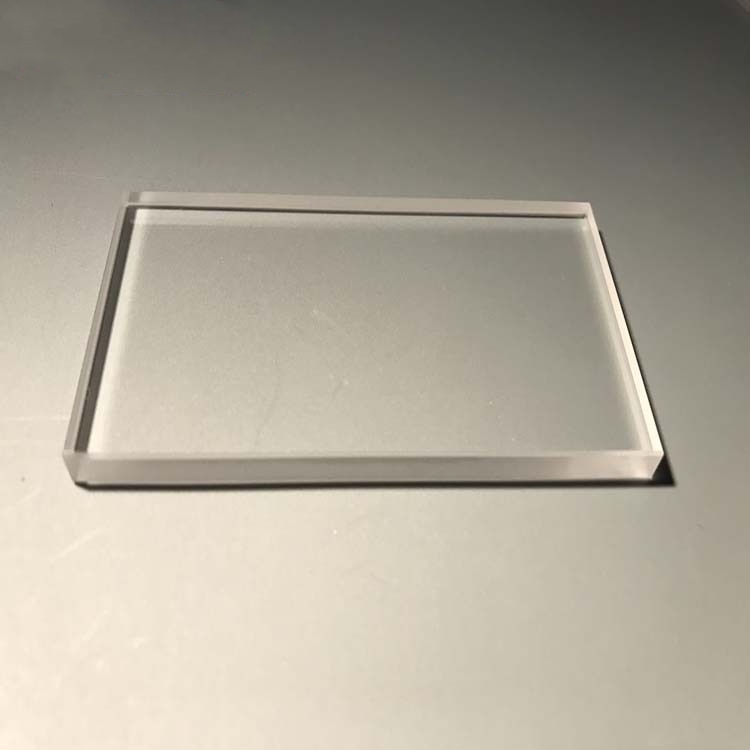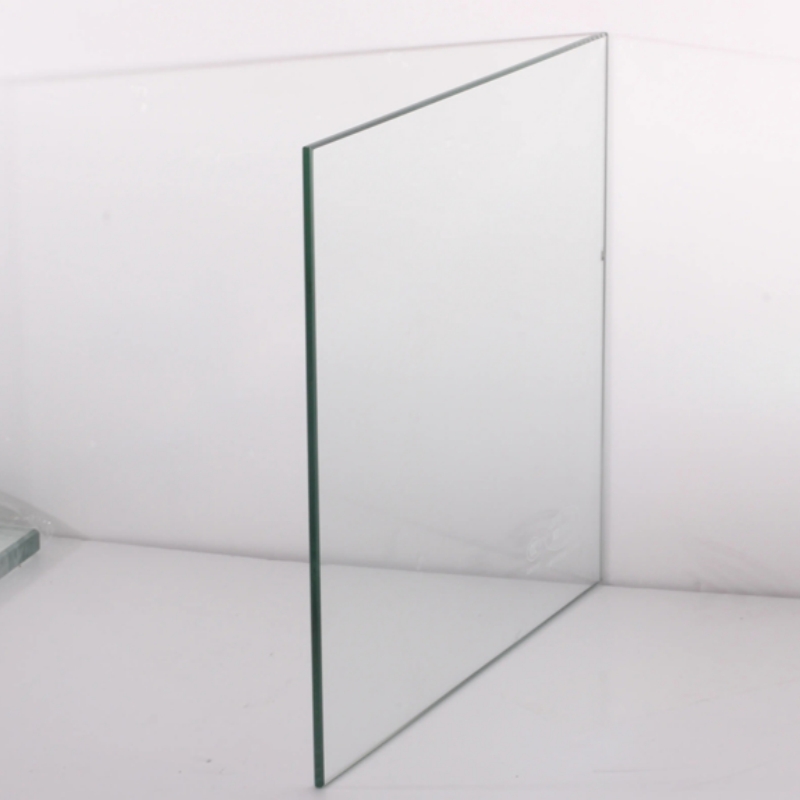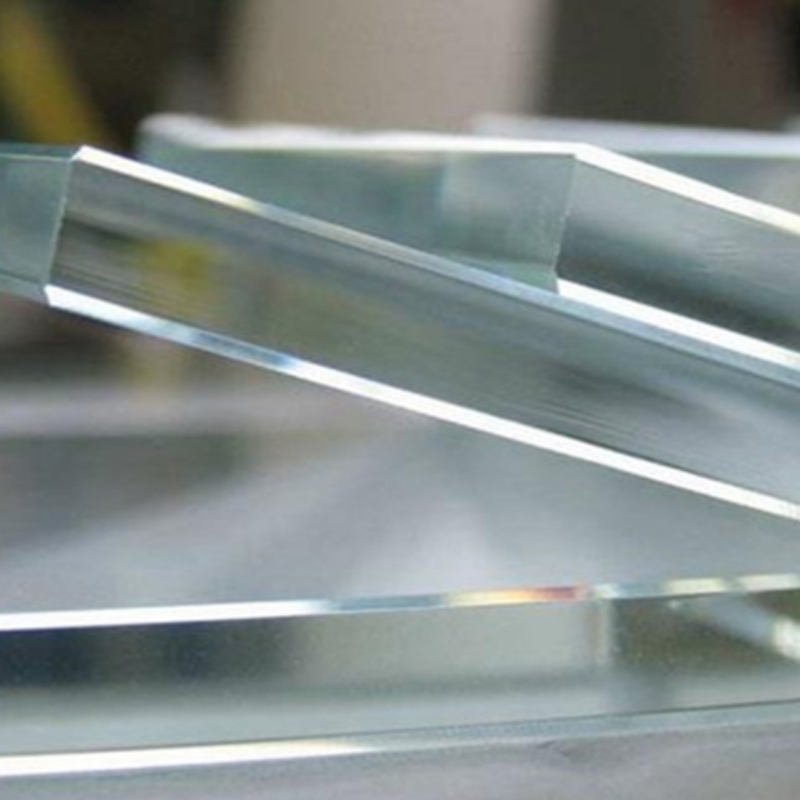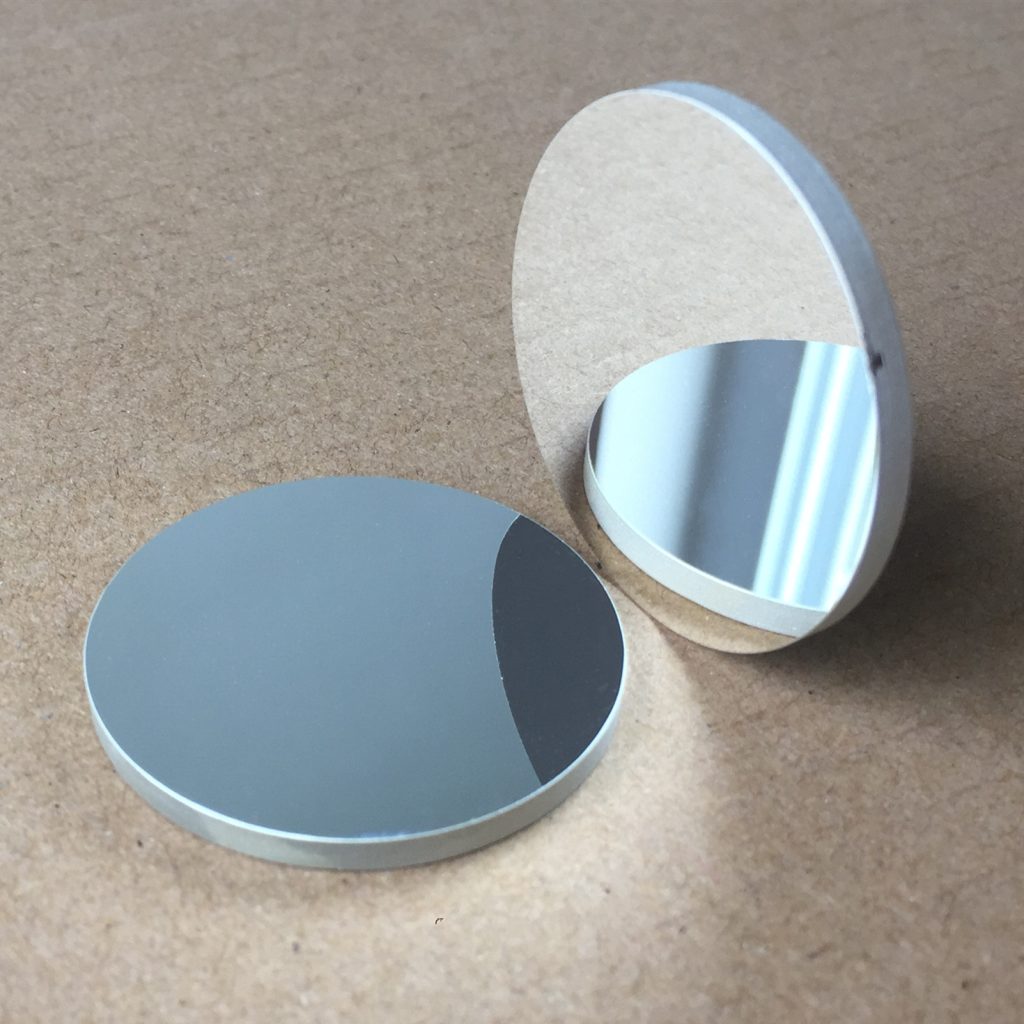Boron nitride fiber felt offers exceptional thermal insulation, optimized chemical resistance, and superior mechanical stability. Designed for high-temperature applications, it ensures reliable structural integrity, extended lifespan, and efficient thermal management.
Product Overview
Boron nitride fiber felt is a high-performance specialty ceramic fiber material known for its exceptional high-temperature resistance, low dielectric loss, low thermal conductivity, good machinability, flame-retardant, and insulating properties. This product maintains excellent performance under extreme working conditions, making it ideal for applications in high-temperature and ultra-high-temperature environments, as well as for use as a substrate for wave-transparent materials. Boron nitride fiber felt plays a crucial role in aerospace, military protection, and high-tech fields.
Features
- High-Temperature Resistance: Capable of withstanding extremely high temperatures, suitable for high or ultra-high temperature environments.
- Low Dielectric Loss: Exhibits very low dielectric loss, making it ideal for high-frequency applications.
- Low Thermal Conductivity: Effectively reduces heat transfer, suitable for insulation and thermal management applications.
- Good Machinability: Easily processed into various shapes and sizes, meeting diverse requirements.
- Flame Retardant: Prevents fire spread, ensuring safe use.
- Electrical Insulation: Provides excellent electrical insulation protection, making it suitable for electrical applications.
Applications
- Wave-Transparent Material Substrate: Used to manufacture wave-transparent materials, widely applied in high-tech fields.
- High and Ultra-High Temperature Thermal Insulation: Provides effective insulation and heat retention, ideal for high-temperature insulation needs.
- Aerospace: Used in spacecraft and other high-temperature environments for insulation and thermal protection.
- Military Protection: Serves as a key material in high-performance protective equipment.
| Surface Density (g/m²) | 4000±50 |
| Temperature Resistance (°C) | 1600 (Inert Atmosphere) |
| Thickness (mm) | 35±3 |
| Moisture Content (%) | ≤1 |
| Combustible Content (%) | ≤1 |
| Thermal Conductivity (W/m·K) | 0.068 (500°C) |
 new material
new material

